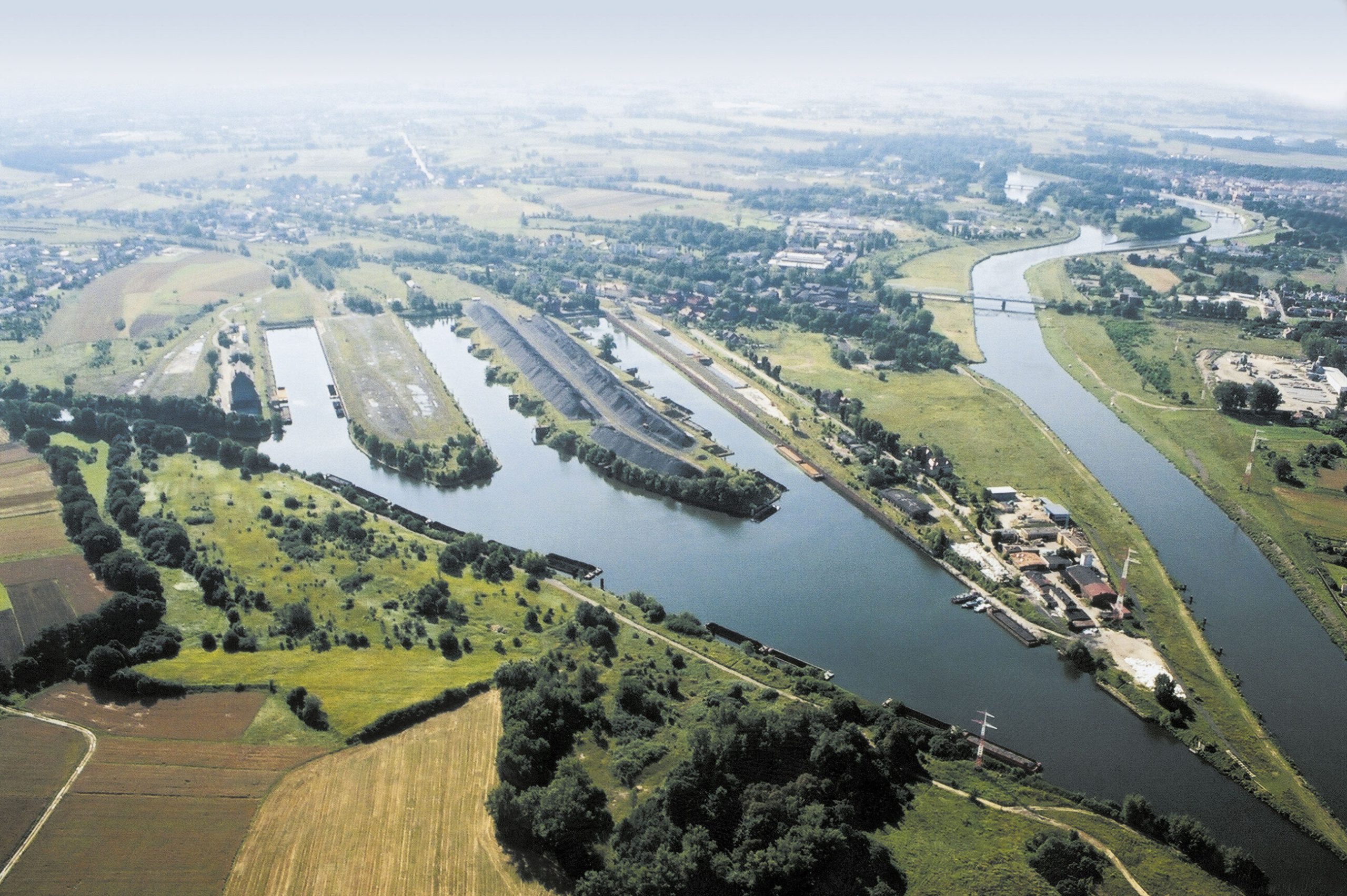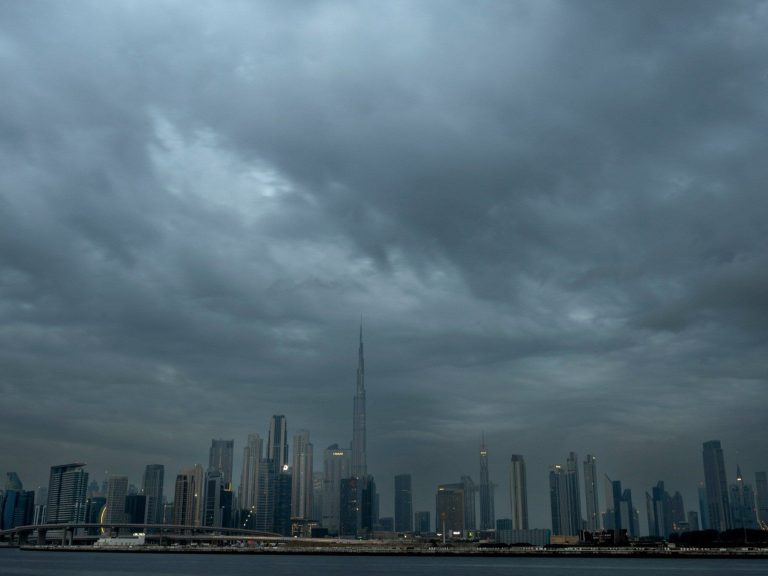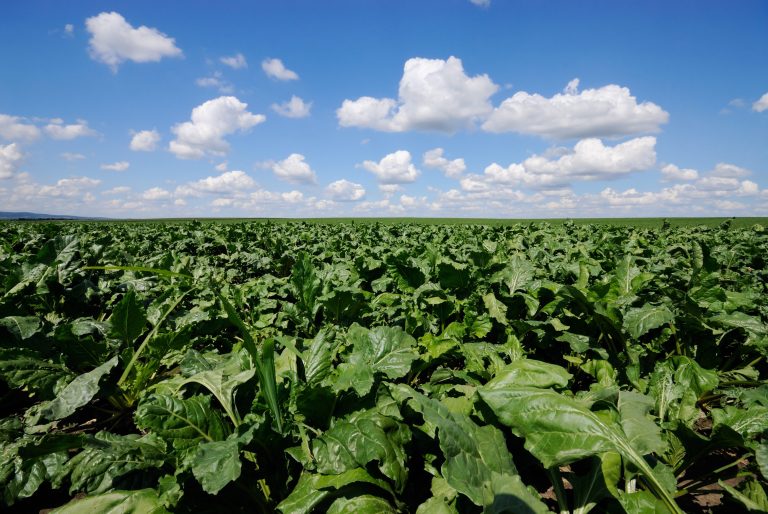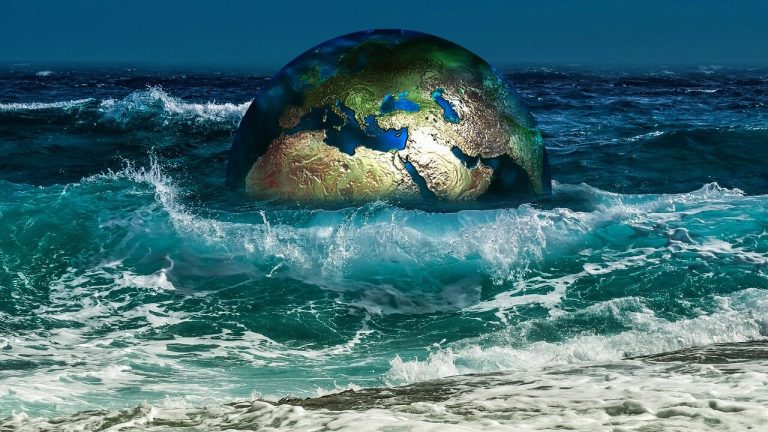Onet asks about the pollution of the Gliwice Canal in the context of the Oder. “Is this the source of the disaster?”

Onet journalists drew attention to the pollution appearing in the waters of the Gliwice Canal and the Kłodnica River over the last few months. In an extensive text, Jacek Harłukowicz and Paweł Pawlik once again suggest that it is worth taking a closer look at the activities of the “Bumar-Łabędy” company.
Even if the case described by Onet has nothing to do with the Oder, the scale of pollution released into the Gliwice Canal and Kłodnica should be impressive. On July 18, the Provincial Inspectorate of Environmental Protection received a report from the Regional Water Management Board in Gliwice, reporting “several pieces of dead fish and the presence of small amounts of petroleum substances” observed around one of the outlets through which Zakłady Mechaniczne “Bumar-Łabędy” discharged its sewage.
The Chief Inspectorate of Environmental Protection emphasized that Bumar has a permit for sewage with a nitrogen content of up to 30 mg/l (milligrams per liter), while on July 18 this indicator was exceeded twice and amounted to 56 mg/l. Onet pointed out that nitrogen itself can lead to fish deaths, but it can also contribute to the excessive proliferation of algae and algae, which limit access to oxygen for aquatic creatures. However, WIOŚ stated that drawing conclusions based on a single study would be a “great abuse”.
Nitrogen, sodium, potassium, iron, mercury. What floats in the Gliwice Canal?
Onet pointed out that exceeding the standards was also recorded in other plants. On April 21, an inspection began at the “Gliwice” Pumping Station, used by the state-owned Spółka Restrukturyzacji Kopalń SA from Czeladź Central Mine Dewatering Plant. In that case, there was talk of “dirty-yellow” mud flowing into the Kłodnica River, feeding the Gliwice Canal and flowing into the Oder. In this case, the permissible concentrations of sodium, potassium and iron were exceeded.
Onet recalled that experts talked about a possible discharge of mine water containing salt. This applies not only to sodium chloride, but also to poisonous substances such as potassium cyanide. This year, increased chloride concentrations in the Gliwice Canal were recorded on April 27 and May 13. However, Małgorzata Zielonka from WIOŚ replied that “it is typical” for the surrounding waters, which receive saline mine water from mine drainage.
On August 11, the permissible mercury level was also recorded four times higher on the Gliwice Canal. The standard in Poland is 0.07 µg/l. (micrograms/liter), and tests showed a level of 0.286; 0.301 and 0.319 µg/l. WIOŚ explains that a single test result cannot be the basis for any conclusions.
The material reminds that the Inspectorate of Environmental Protection inspection at the “Bumar-Łabędy” plant has been going on for a month now, and it started two weeks before the Odra case was publicized throughout the country. The journalists emphasized that their interlocutors at the prosecutor’s office and the Katowice Inspectorate of Environmental Protection do not currently link the cases of poisoning of the Kłodnica and Gliwice Canal with the disaster in the Oder. They do not decide anything themselves, but repeat the question whether this is not the source of the disaster on the Oder.
The main shareholder – Polska Grupa Zbrojeniowa – reacted to the article. “Another insinuation by Onet: an attempt to link the Bumar-Łabędy company with the incident in the Gliwice Canal. The article completely omitted the company’s response, which we include,” it said.






